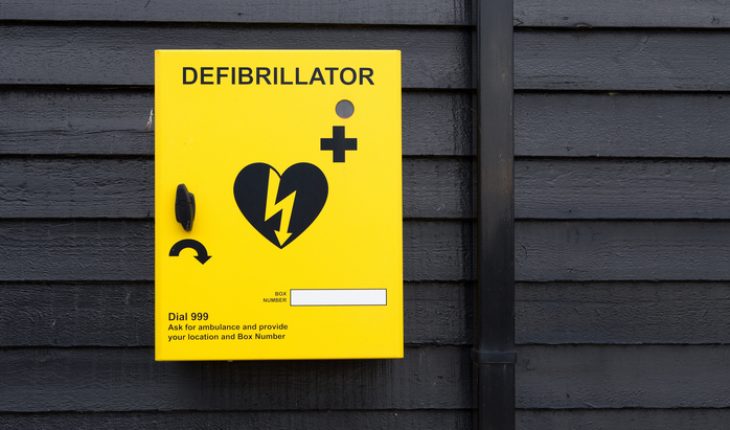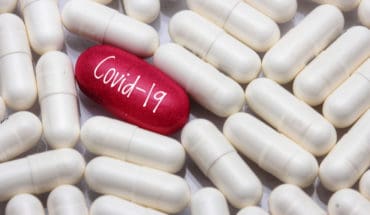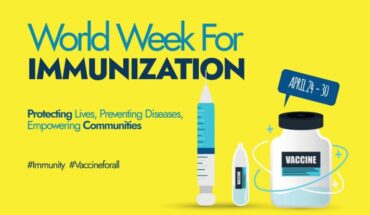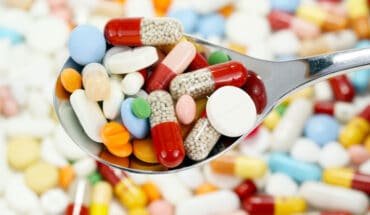Every week, 12 apparently fit and healthy young (aged 35 and under) people in the UK die from a previously undiagnosed heart condition. In 80% of cases, there will have been no signs or symptoms. The British Heart Foundation estimates that there may be as many as 620,000 people with undiagnosed heart problems.
It is vitally important to raise awareness of the symptoms of cardiac abnormalities and conditions which can lead to sudden cardiac death.
It is vitally important to raise awareness of the symptoms of cardiac abnormalities which can lead to sudden cardiac death.
The British Heart Foundation identifies the following risk factors that someone may have an undiagnosed heart condition; a history of cardiac disease, cot death or fitting in your family, if you have previously suffered from fitting, passing out, shortness of breath or palpitations. Many young people who have been diagnosed as having a cardiac abnormality are able to continue to enjoy and excel at their sports and are much safer being appropriately treated and monitored.
Sudden cardiac death is an umbrella term used for the many different causes of cardiac arrest.
‘Sudden cardiac death is defined as an event that is non-traumatic, non-violent, unexpected, and resulting from sudden cardiac arrest within six hours of previously witnessed normal health.’ (Sharma et al, 1997. Br J Sports Med).
These conditions include thickening or abnormal structure of the heart muscle and irregularities of the electrical impulses that upset the natural rhythm of the heart and lead to cardiac arrhythmias.
Every year there are more high profile sports people such as James Taylor and Fabrice Muamba who are diagnosed with life-threatening heart conditions. There have been 10 cardiac deaths in the London Marathon since 1981 and sadly there are not infrequent occurrences of children suddenly dying on the sports pitch.
There have been 10 cardiac deaths in the London Marathon since 1981 and sadly there are not infrequent occurrences of children suddenly dying on the sports pitch.
There is a strong push to try and introduce more defibrillators in schools, defibrillators are now widely found in the community at train stations, airports, in doctors and dental surgeries and at supermarkets. Everyone should recognise the signs, there are apps available to locate your nearest defib and it is now a routine element of all regulated first aid training.
Anyone can use a defibrillator, it is not possible to make things worse and you cannot shock someone if they don’t need it. Prompt use of a defibrillator is proven to save lives. Fabrice Muamba would not be here today, were it not for the immediate use of a defibrillator as soon as he was identified as unconscious and not breathing. If someone has a cardiac arrest in the community; their chances of survival are only about 6%. If they are in a shockable rhythm and the shock is applied within 3 minutes of their collapse, the odds jump to 74%.
- What is a seizure? - 13th March 2025
- Febrile Convulsions and Seizures in Children - 13th March 2025
- Why women are less likely to receive CPR or survive cardiac arrest - 6th March 2025







